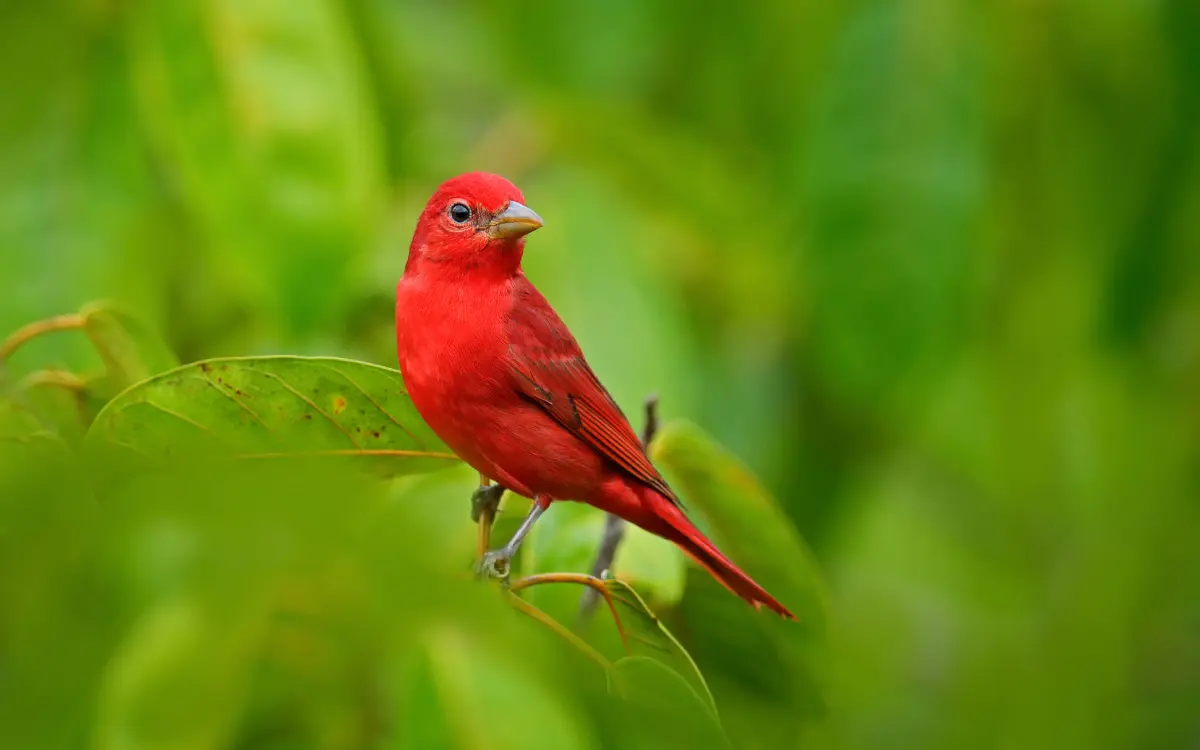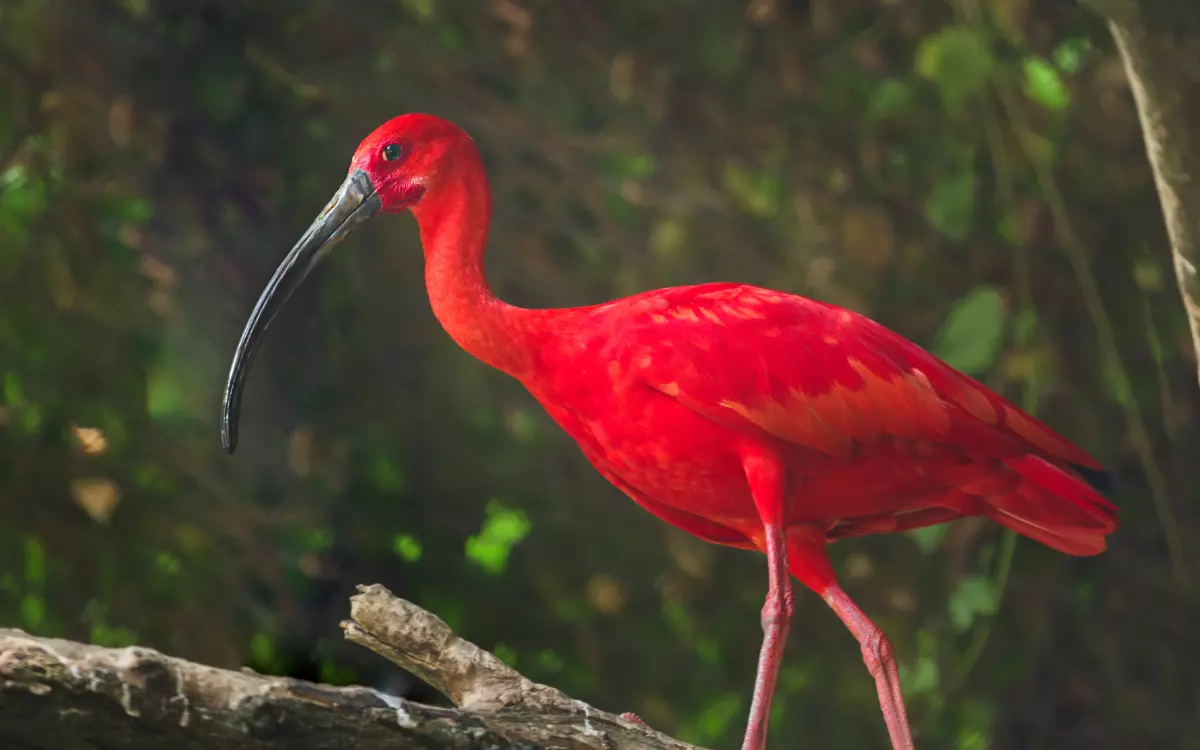5 Goose California: with (Info & ID)
California geese, known for their large size and loud honking, thrive in the state’s diverse habitats, including wetlands and agricultural areas. They are important for the ecosystem and are a common sight in many Californian landscapes.
Goose in California:
In California, a variety of goose species thrive, showcasing the state’s rich avian ecology. These waterfowl, part of the migratory birds community, contribute to the diverse wildlife and bird habitats across the region.
From wetlands to coastal areas, their presence is crucial for ecological balance and wildlife conservation. For those keen on birdwatching, understanding these geese offers insights into migration patterns, habitat preservation, and conservation efforts.
Types of Goose in California :
1. Snow Goose (Anser caerulescens)
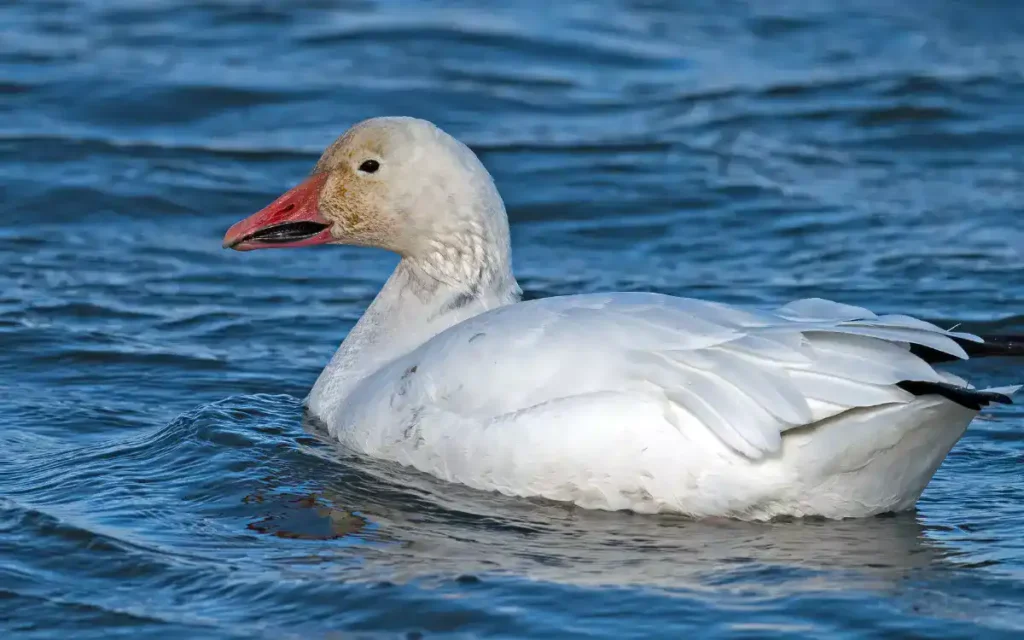
The Snow Goose is a striking bird, often seen in California. They are mostly white, but some have a greyish color. These geese are known for their beauty and size, making them easy to spot.
Their diet consists mainly of plants, including grasses and grains. This makes them common visitors to fields and wetlands. They’re always looking for food, especially during their long migration.
Speaking of migration, Snow Geese travel great distances. They breed in the tundra in summer and move to warmer areas like California in winter. This journey is quite a sight!
Reproduction is another interesting aspect. They nest on the ground, in large colonies. The female lays a few eggs and protects them until they hatch.
In summary, Snow Geese are notable for their distinctive color, diet, migration patterns, and nesting habits.
- Length: 27.2-32.7 in (69-83 cm)
- Weight: 56.4-116.4 oz (1600-3300 g)
- Wingspan: 53-65 in (135-165 cm)
2. Ross’s Goose (Anser rossii)

The Ross’s Goose is a small, charming goose often found in California. It has a white body with black wingtips and a short neck, making it unique among geese.
These geese primarily eat plants. They graze on grasses and grains, mostly in wetlands and agricultural fields.
Ross’s Geese have a fascinating breeding process. They typically nest in the Arctic regions, laying their eggs in simple ground nests.
Their migration is impressive. They travel long distances from their Arctic breeding grounds to wintering sites, including California. This journey showcases their incredible endurance and adaptability.
- Length: 22-29 inches (56-74 cm)
- Weight: 51.2 to 70.4 oz (1.45-2 kg)
- Wingspan: 45-51 inches (114-130 cm)
3. Cackling Goose (Branta hutchinsii)
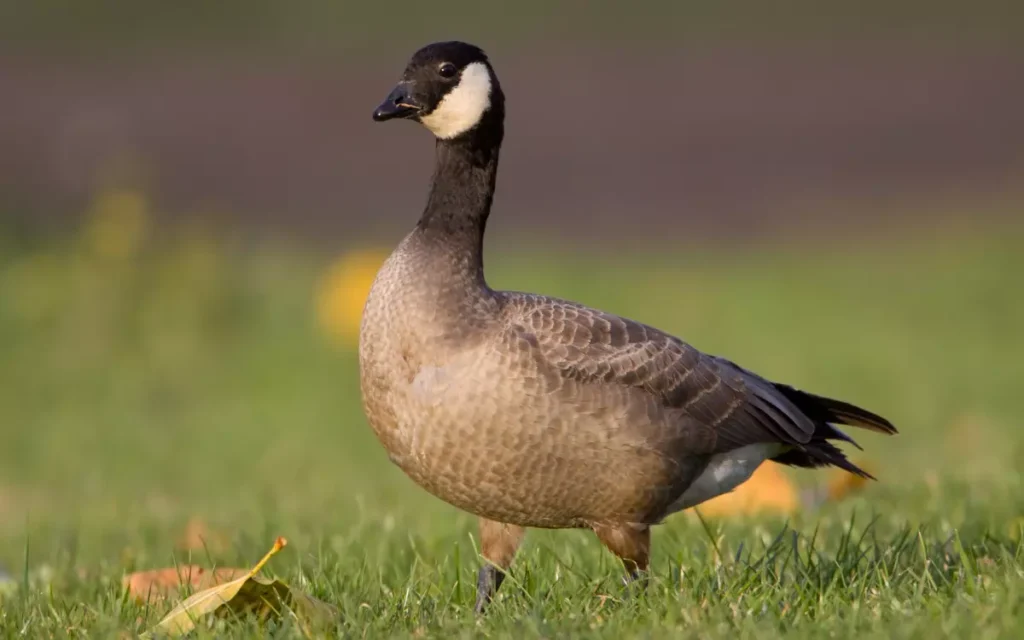
The Cackling Goose is a small, fascinating bird, similar to the Canada Goose but smaller. It’s known for its black head, neck, and white ‘chinstrap.’
These geese mostly eat plants, like grasses and grains, both on land and in water. They’re often seen in fields and wetlands, foraging for food.
Breeding happens mainly in Canada and Alaska. They build their nests on the ground, usually near water. The female lays eggs and takes care of
them until they hatch.
Their migration is remarkable, traveling from the far north to wintering areas including California. This journey demonstrates their resilience and adaptability.
- Length:24.8-25.6 in (63-65 cm)
- Weight: 49.3-84.0 oz (1398-2380 g)
- Wingspan: 42.5-43.7 in (108-111 cm)
Related article:
- 11 Herons of California (Photo, Length,Weight,wingspan)
- 17 Types Of Woodpeckers In California(Images &Id)
4. Greater White-fronted Goose (Anser albifrons)
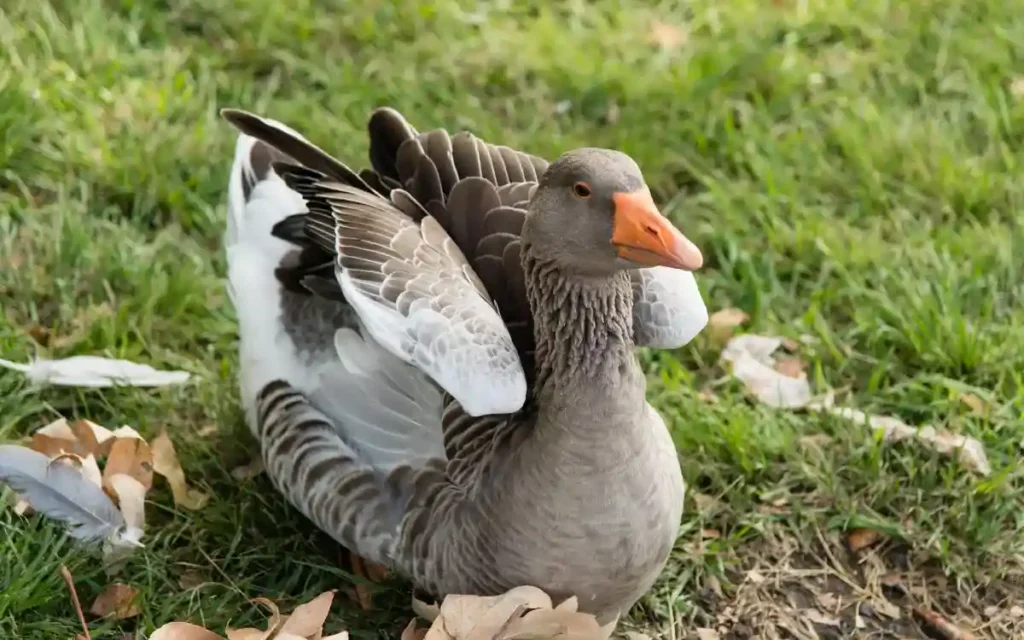
The Greater White-fronted Goose is a medium to large-sized bird known for its distinctive white facial patch. Its plumage is mainly grayish-brown with a black-speckled belly.
These geese have a varied diet, primarily feeding on plants like grasses, grains, and aquatic vegetation. They are often seen foraging in both wetlands and agricultural fields.
Breeding occurs in the northern regions, such as the Arctic tundra. They nest on the ground, usually near water, where the female lays eggs and cares for them.
Migration is a key part of their life cycle. The Greater White-fronted Geese migrate long distances from their breeding grounds to warmer areas, including California, showcasing their adaptability.
Overall, this species is recognized for its unique appearance, plant-based diet, northern breeding habits, and extensive migratory patterns.
- Length: 25.2-31.9 in (64-81 cm)
- Weight: 68.8-116.8 oz (1951-3311 g)
- Wingspan: 53.1 in (135 cm)
5.Brant (Branta bernicla)
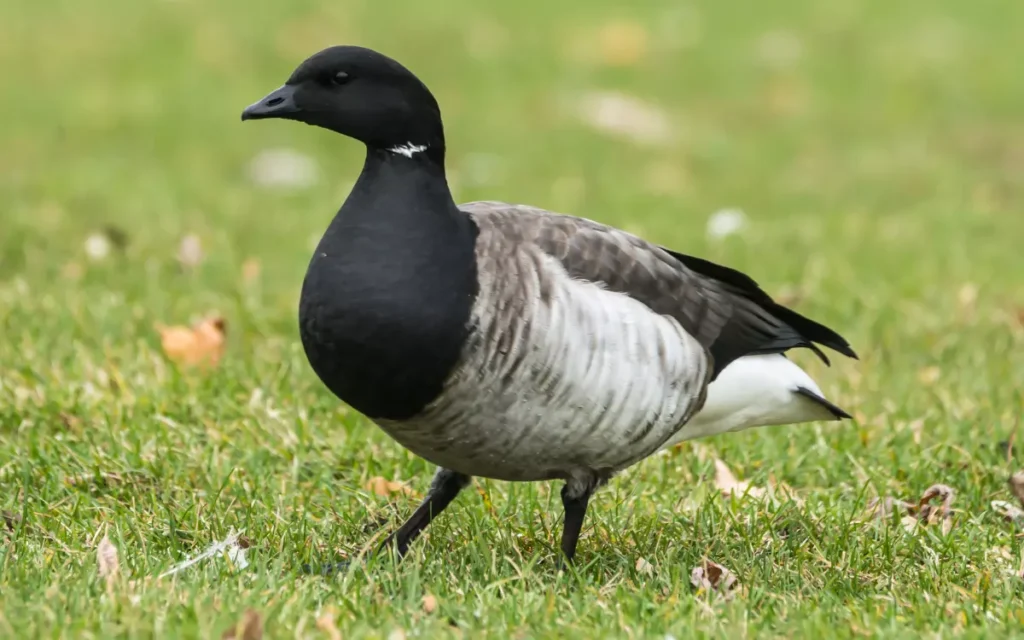
The Brant, a medium-sized goose, is distinct with its black head and neck and a small white patch. Its body is predominantly gray.
Diet-wise, the Brant primarily feeds on eel grass and other sea vegetation, unique compared to other geese. This diet is reflective of their coastal habitats.
In terms of breeding, they prefer coastal areas and islands. The female Brant lays eggs in a ground nest, often hidden in vegetation.
Their migration pattern is quite specific, traveling between coastal breeding areas and
wintering sites. Brants are notably found along the Pacific and Atlantic coasts, including regions in California during winter.
In essence, the Brant stands out for its diet, coastal breeding habits, and specific migration routes along the coasts.
- Length: Male – 23.3-24.5 in (59.2-62.2 cm), Female – 22.2-23.0 in (56.3-58.4 cm)
- Weight: Male – 41.1-61.3 oz (1165-1737 g), Female – 36.2-58.1 oz (1025-1648 g)
- Wingspan: 41.3-42.5 in (105-108 cm)
Related article: 26 Species of Sparrows in California You can see
Goose Habitat and Ecology in California:
In California, geese live in wetlands, farms, and coastlines. Each place is important to them.
Wetlands have lots of water and food. It’s a great spot for geese, especially when they travel long distances or have babies.
Farms are where geese find food like leftover crops. But sometimes, they can damage growing crops.
Coastlines offer fresh and salt water, and lots of food. These are good rest spots for geese when they migrate.
Geese are important for nature. They help control plants and spread seeds. They also keep the balance with other animals. Knowing about geese helps us understand their role in the environment.
Goose and Human Interaction
Geese are an important part of local culture and economy. People enjoy watching them and sometimes use their feathers and meat.
However, there are challenges in keeping geese safe and managing them. Sometimes geese eat crops, causing problems for farmers. In cities, they can be too many and make a mess.
It’s important to find ways to protect geese while also taking care of people’s needs. This means working together to make sure geese can live safely without causing problems for humans. Understanding geese and how they live with humans helps us take better care of them.
Best Locations for Goose Watching in California:
For goose-watching in California, the Sacramento National Wildlife Refuge Complex is a must-visit. It’s a special place where you can see lots of geese.
Another great spot is the San Francisco Bay Area. Here, geese are often seen near the water and in parks.
Don’t forget the Salton Sea. This large lake attracts many geese, especially when they are moving from place to place.
These areas are perfect for seeing geese and enjoying the outdoors. Remember to stay quiet and respectful to not disturb the geese!
Conservation Efforts for Geese in California:
In California, there are many conservation programs to help geese. These efforts focus on keeping their homes safe and making sure they have enough food.
Scientists and volunteers work together in these programs. They watch how many geese there are and where they live. This helps them protect the geese better.
People also try to fix problems between geese and humans, like when geese eat crops.
These efforts are important to keep geese safe and healthy. We all can help by learning about and respecting geese.
Frequently Asked Questions:
Q: What is special about Canada’s goose bird?
A: The Canada goose is known for its distinctive black head and neck, white cheeks, and honking call. It’s famous for its V-shaped flying pattern during migration.
Q: What is the name of the Canada goose bird?
A: The name of the bird is “Canada goose,” not “Canadian goose.” This name reflects its natural habitat spread across North America, particularly in Canada.
Q: Is the goose Canada’s national bird?
A: The goose is not Canada’s national bird. Canada’s national bird is the Gray Jay, also known as the Whiskey Jack or Canada Jay.
Q: What does the Canada goose symbolize?
A: patterns and strong family bonds are admired and often represent these qualities.
Conclusion:
The California goose is a key part of the state’s wildlife. Adapting well to diverse habitats, these geese play a crucial role in the ecosystem and are a familiar, cherished sight in California’s natural landscapes.

